Home>Ideas and Tips>DIY Guide To Installing A Bathroom Tile Floor
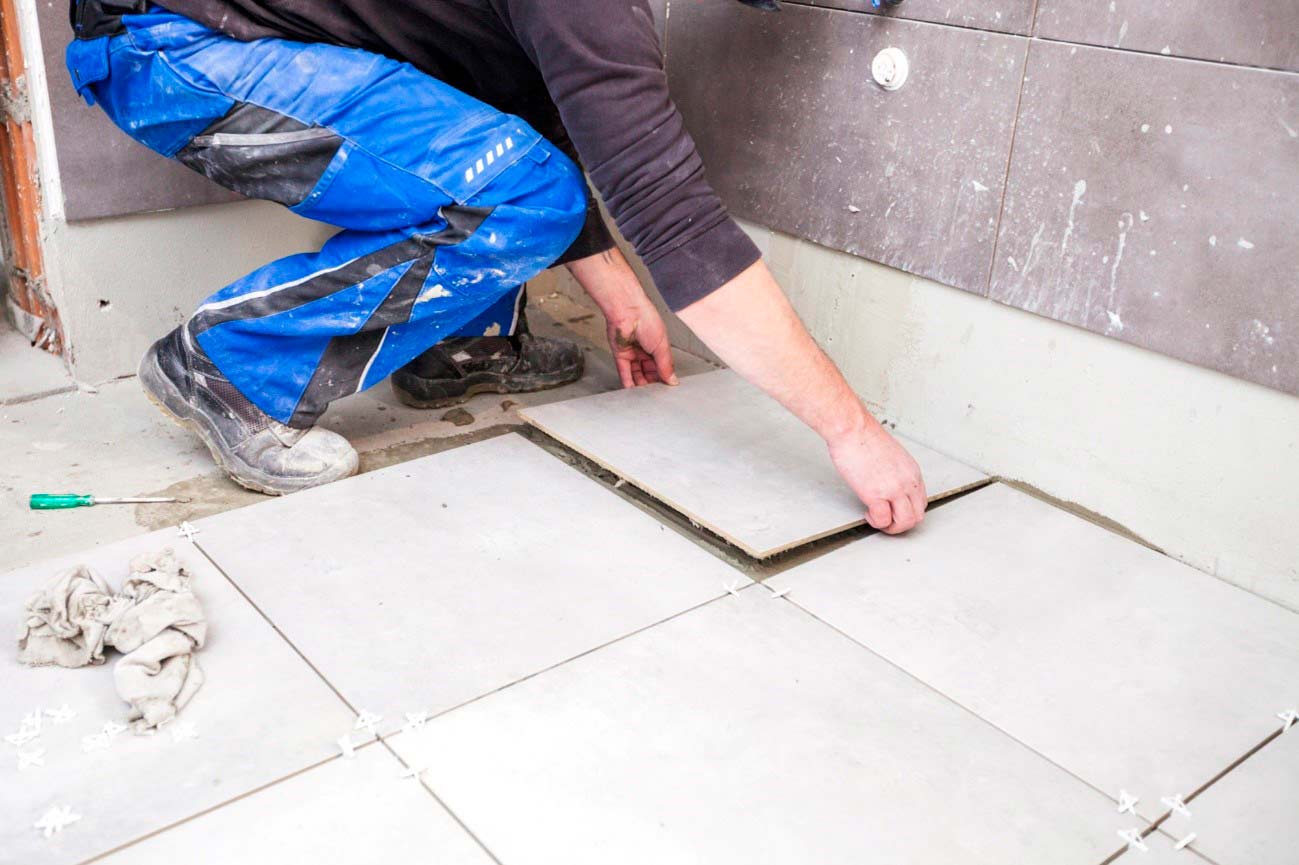

Ideas and Tips
DIY Guide To Installing A Bathroom Tile Floor
Published: September 5, 2024
Learn how to install a durable and stylish bathroom tile floor with our step-by-step DIY guide. Perfect for enhancing your bathroom's look and value.
(Many of the links in this article redirect to a specific reviewed product. Your purchase of these products through affiliate links helps to generate commission for Storables.com, at no extra cost. Learn more)
Introduction
Installing a tile floor in your bathroom can be a rewarding DIY project that not only enhances the aesthetic appeal of your space but also increases its durability and functionality. However, it requires careful planning, precise execution, and the right tools and materials. In this comprehensive guide, we will walk you through each step of the process, from preparing the subfloor to sealing the final grout lines.
Read more: DIY Guide To Installing A Tile Floor
Why Tile Your Bathroom Floor?
Bathroom tile floors are renowned for their durability and versatility. They come in a wide array of colors, textures, and styles, making it easy to match your bathroom's unique design. Whether you're replacing an old, worn-out tile floor or installing one for the first time, this guide will provide you with the necessary steps and tips to achieve professional-looking results.
Why Tile Your Bathroom Floor?
- Durability: Tile floors are incredibly durable and can withstand heavy foot traffic and moisture, making them ideal for bathrooms.
- Low Maintenance: Tiles require minimal maintenance compared to other flooring options. They are easy to clean and resistant to stains.
- Aesthetic Appeal: Tiles come in various colors and textures, allowing you to customize the look of your bathroom.
- Increased Property Value: A well-installed tile floor can significantly increase the value of your property.
Tools and Materials Needed
Before starting your project, it's essential to gather all the necessary tools and materials. Here’s a comprehensive list:
Tools Required
- 4-in. Diamond Blade: For cutting through ceramic or porcelain tiles.
- Angle Grinder: For making precise cuts in tiles.
- Bucket: For mixing mortar and cleaning up spills.
- Caulk Gun: For applying caulk around edges and joints.
- Chalk Line: For marking straight lines on the subfloor.
- Cordless Drill: For drilling holes for screws or anchors.
- Drill Mixer: For mixing mortar.
- Drywall Saw: For cutting backer board or plywood.
- Dust Mask: For protecting yourself from dust and debris.
- Grout Float: For spreading and smoothing grout.
- Knee Pads: For comfort while working on your knees.
- Margin Trowel: For applying thin-set mortar to the subfloor.
- Nippers: For cutting and shaping tile edges.
- Notched Trowel: For spreading thin-set mortar evenly.
- Offset Saw: For making curved cuts in tiles.
- Putty Knife: For applying caulk and grout.
- Safety Glasses: For protecting your eyes from debris.
- Scoring Knife: For scoring tiles before breaking them.
- T-square: For ensuring straight cuts and layouts.
- Tile Cutter: For cutting tiles to size.
- Utility Knife: For making small cuts in tiles.
- Wet Saw: For making precise cuts in large tiles.
Materials Required
- Backer Board: A layer of material (usually cement board) that provides a smooth surface for tile installation.
- Ceramic or Porcelain Tiles: The main material for your bathroom floor.
- Caulk: For sealing joints and edges.
- Grout: For filling gaps between tiles.
- Mortar (Thin-Set): A mixture used to adhere tiles to the subfloor.
- Tile Adhesive (Thin-Set): A specialized adhesive for bonding tiles to the backer board.
- Tile Spacers: Small plastic or metal spacers used to maintain even spacing between tiles.
- Waterproof Membrane (Optional): A layer of material applied under the tile to prevent water damage.
Read more: DIY Guide To Installing A Pebble Tile Floor
Preparing the Subfloor
Before installing your tile floor, it's crucial to prepare the subfloor properly. This involves removing old flooring, ensuring the subfloor is level, and applying a waterproof membrane if necessary.
Removing Old Flooring
- Remove Trim and Baseboards: Take out the trim and baseboards to give you more space to work with. If you plan to reinstall them later, mark their positions carefully.
- Remove Old Flooring: Use an oscillating tool or a crowbar to remove the old flooring. If it's attached to plywood, you may need to use a pry bar to lift it off.
- Check for Nails or Staples: Use a straight-edge tool to check for any nails or staples poking up from the plywood. Knock them down into the wood with a hammer.
- Sand Seams: If there are ridges in the plywood seams, sand them down with a belt sander to create a smooth surface.
Ensuring the Subfloor is Level
- Check for Levelness: Use a level tool to ensure that your subfloor is level and even.
- Make Adjustments: If necessary, use self-leveling compound to adjust any uneven areas.
Applying a Waterproof Membrane (Optional)
- Measure and Cut Membrane: Measure out your bathroom floor area and cut the waterproof membrane accordingly.
- Apply Membrane: Apply the membrane according to the manufacturer's instructions, usually by rolling it out and pressing it firmly onto the subfloor.
Laying Out Your Tiles
Laying out your tiles involves determining the best layout and marking reference lines on the subfloor.
Determining the Best Layout
- Dry-Lay Tiles: Start by dry-laying tiles to determine the best layout. This will help you visualize how the tiles will look once they are installed.
- Center Rows: Center rows of tile between walls so that you have equal spaces along walls that face each other.
- Adjust Layout: Make adjustments until you find an optimal layout that minimizes cutting and difficult cuts.
Marking Reference Lines
- Measure and Mark Lines: Measure out reference lines along the walls and mark them on the subfloor using a chalk line.
- Use Laser Level (Optional): If you have a laser level, use it to create precise reference points for your tile layout.
Attaching Guide Boards
Guide boards help you maintain a straight and even layout for your tiles.
- Screw Guide Boards: Screw guide boards to the floor following your chosen layout.
- Ensure Guides are at Right Angles: Use a 3-4-5 triangle method to ensure that your guides are at right angles.
Read more: DIY Guide To Installing A Tile Shower
Mixing Mortar and Applying Thin-Set
Mixing mortar and applying thin-set is crucial for a successful tile installation.
Mixing Mortar
- Follow Manufacturer’s Instructions: Mix your mortar according to the manufacturer’s recommendations, avoiding over-mixing which can damage the pigment.
- Apply Mortar: Apply a bed of mortar to the floor using a notched trowel at a 45-degree angle. Only spread enough mortar to install one or two tiles at a time until you get the hang of it.
Back-Buttering Tiles
Back-buttering involves applying a thin layer of mortar to the back of each tile before placing it on the subfloor.
- Apply Thin Layer: Apply just enough mortar to make the surface wet so it can stick to your mortar on the subfloor.
- Ensure Even Coverage: Make sure the back-butter layer is nice and even.
Laying Tiles
Laying tiles involves carefully placing each tile onto the subfloor, ensuring proper adhesion and alignment.
Read more: DIY Guide To Installing A Subway Tile Shower
Laying First Row
- Verify Squareness: Use your reference line to verify that your first row is nice and squared.
- Apply Tiles: Carefully lay tiles down onto the bed of mortar, working them back and forth to ensure adhesion.
- Check Level: Use your level tool to check each tile and make any necessary adjustments with light taps from a rubber mallet.
Using Tile Spacers
Tile spacers help maintain even spacing between tiles and create perfect grout channels.
- Use Spacers: Place spacers between tiles to leave the appropriate space between them.
- Avoid Mortaring Spacers: Be careful not to mortar them into the joints as this can cause issues during grouting.
Cutting Tiles
Cutting tiles is one of the most challenging parts of the process but can be done with the right tools and techniques.
Using a Wet Saw
A wet saw is ideal for making precise cuts in large tiles.
- Cut Straight Edge First: Cut down the straight edge of where you are cutting first.
- Notch Tile: Slightly shift your tile and start notching these areas after they are all notched.
- Flip Tile Over: Flip it over and cut again from the back side to get a straight angle at that spot.
Using Hand Tools
If you don’t feel comfortable with a wet saw, hand tools like hand pliers can also be used.
- Position Saw Upward: Move your saw so it’s in an upward position and slightly cut off these pieces with the saw blade.
Grouting Tiles
Grouting involves filling gaps between tiles with grout and sealing them properly.
Mixing Grout
- Follow Manufacturer’s Instructions: Mix your grout according to the manufacturer’s recommendations.
- Apply Grout: Apply grout between tiles using a grout float, spreading it evenly and pressing it firmly into the gaps.
Cleaning Excess Grout
- Clean Up Immediately: Clean up any excess grout immediately using a damp sponge or water bucket and sponge.
- Avoid Dried Grout: It’s super difficult to remove dried grout once it sets.
Sealing Grout Lines
Sealing grout lines helps protect them from stains and makes cleaning easier.
- Apply Caulk: Apply caulk around edges and joints using a caulk gun.
- Seal Grout: Use a grout sealer according to the manufacturer’s instructions to seal your grout lines.
Final Touches
After completing the grouting and sealing process, there are a few final touches you should attend to:
- Install Baseboards: Install new baseboards or reinstall old ones after ensuring they fit perfectly over your tile floor.
- Check for Leaks: Check for any leaks around edges or joints by applying water and observing if it seeps through.
Conclusion
Installing a tile floor in your bathroom is a rewarding DIY project that requires patience, attention to detail, and the right tools and materials. By following these steps carefully, you can achieve professional-looking results that enhance both the aesthetic appeal and durability of your bathroom space.
Remember always to read up on proper floor prep before getting started with any tile floor installation project. If you're not comfortable with any part of the process, consider consulting a professional installer for better results.
Happy tiling
Was this page helpful?
At Storables.com, we guarantee accurate and reliable information. Our content, validated by Expert Board Contributors, is crafted following stringent Editorial Policies. We're committed to providing you with well-researched, expert-backed insights for all your informational needs.
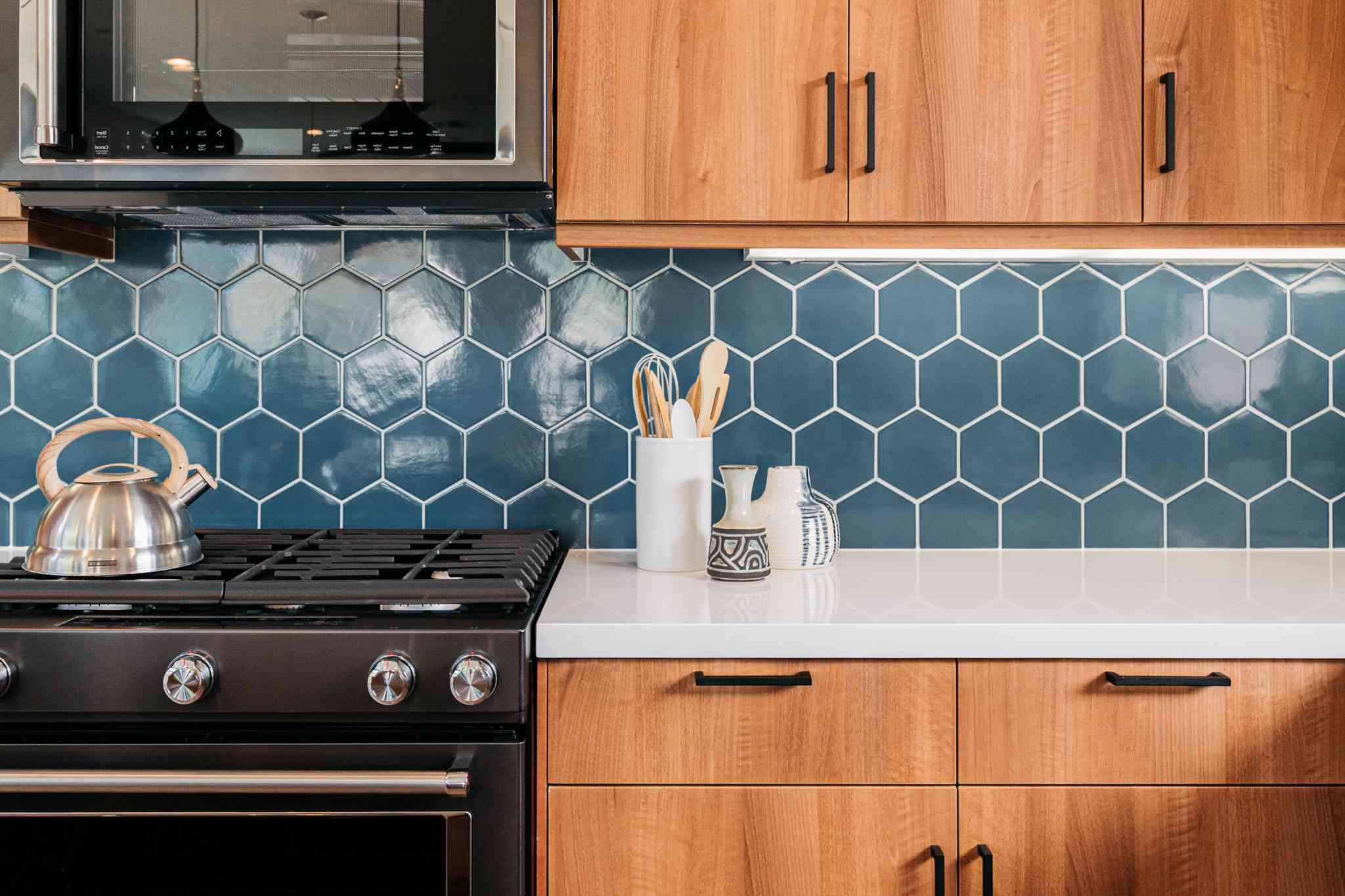
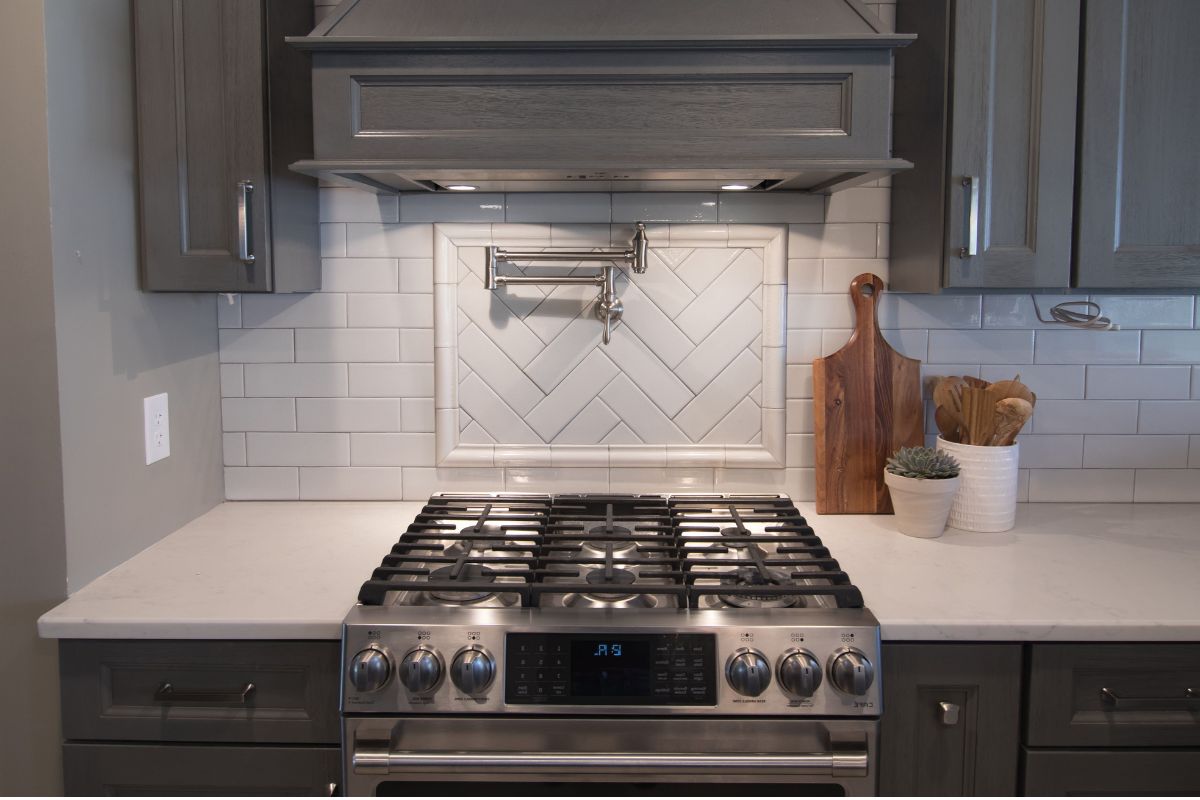
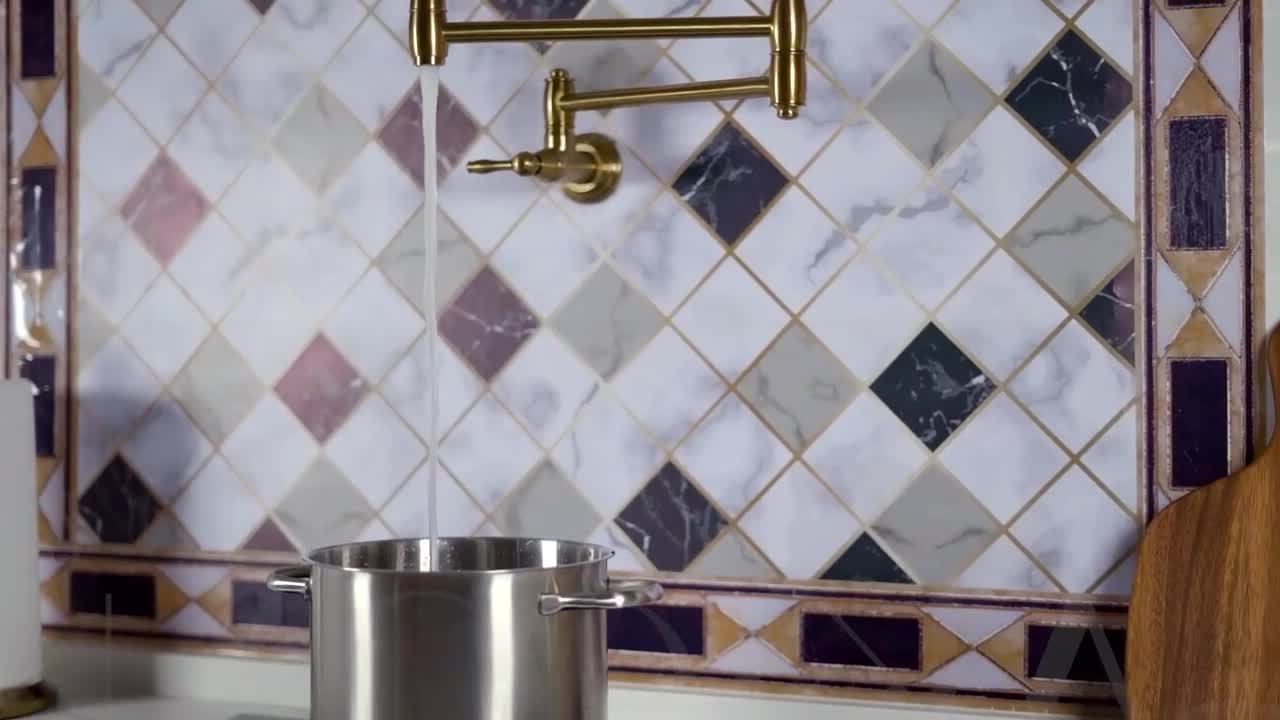

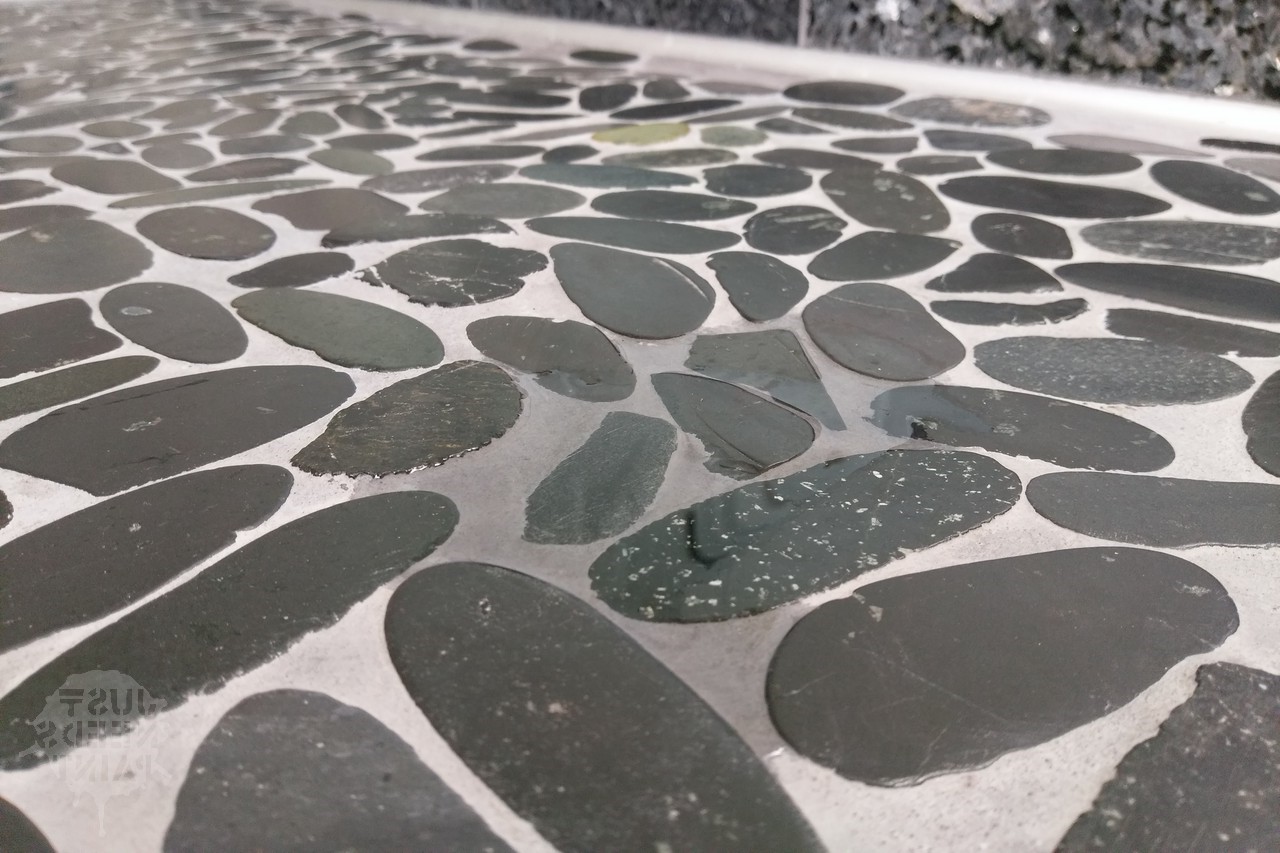
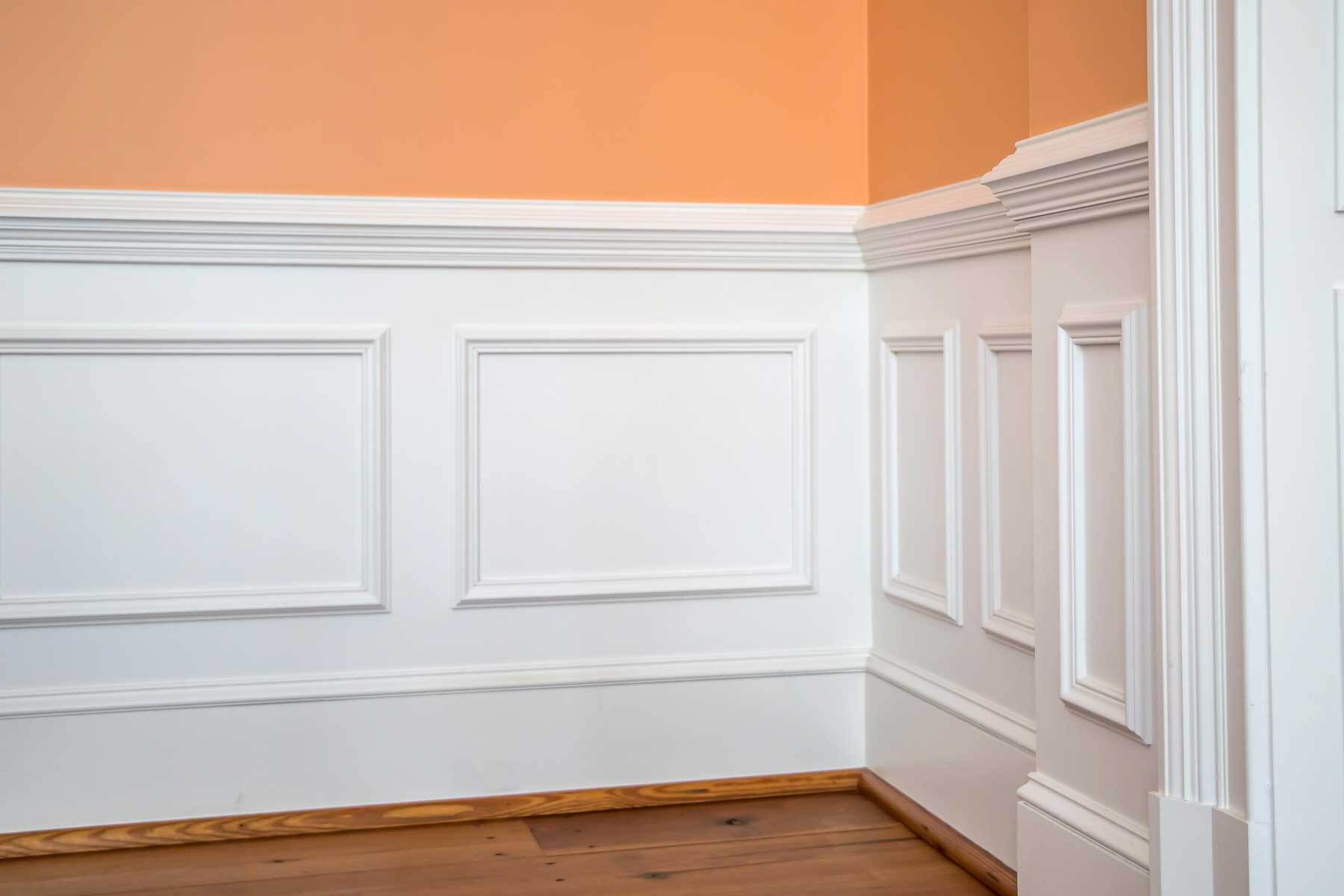
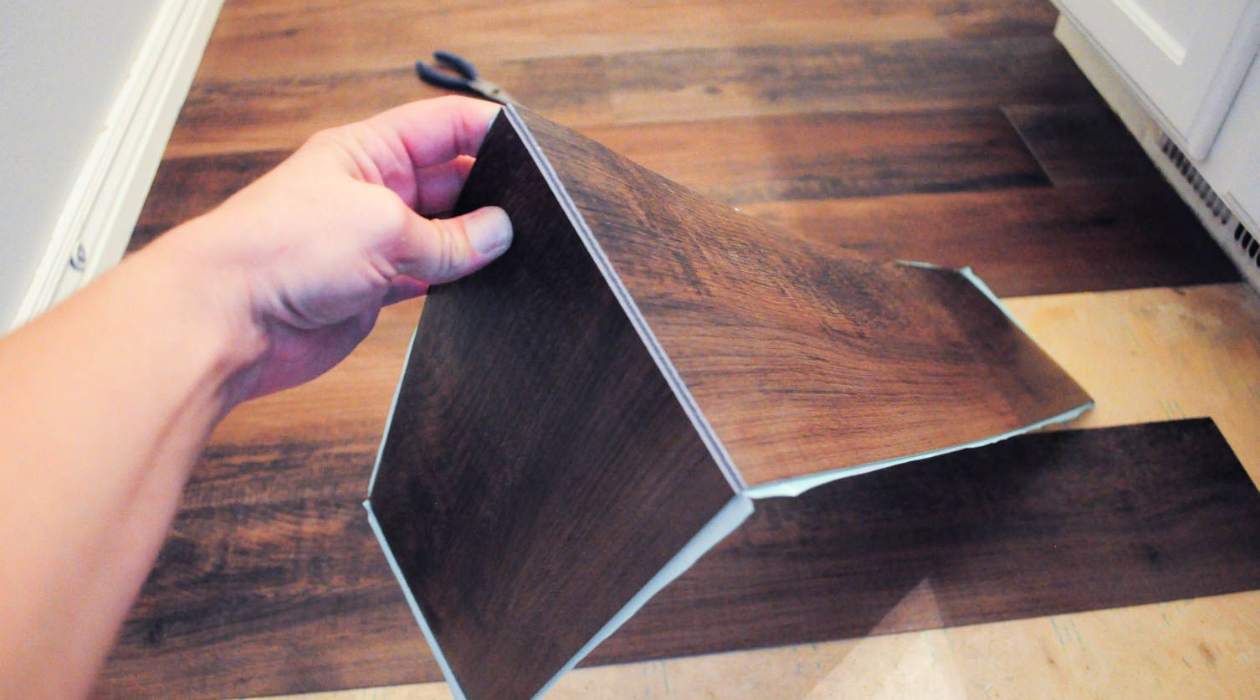
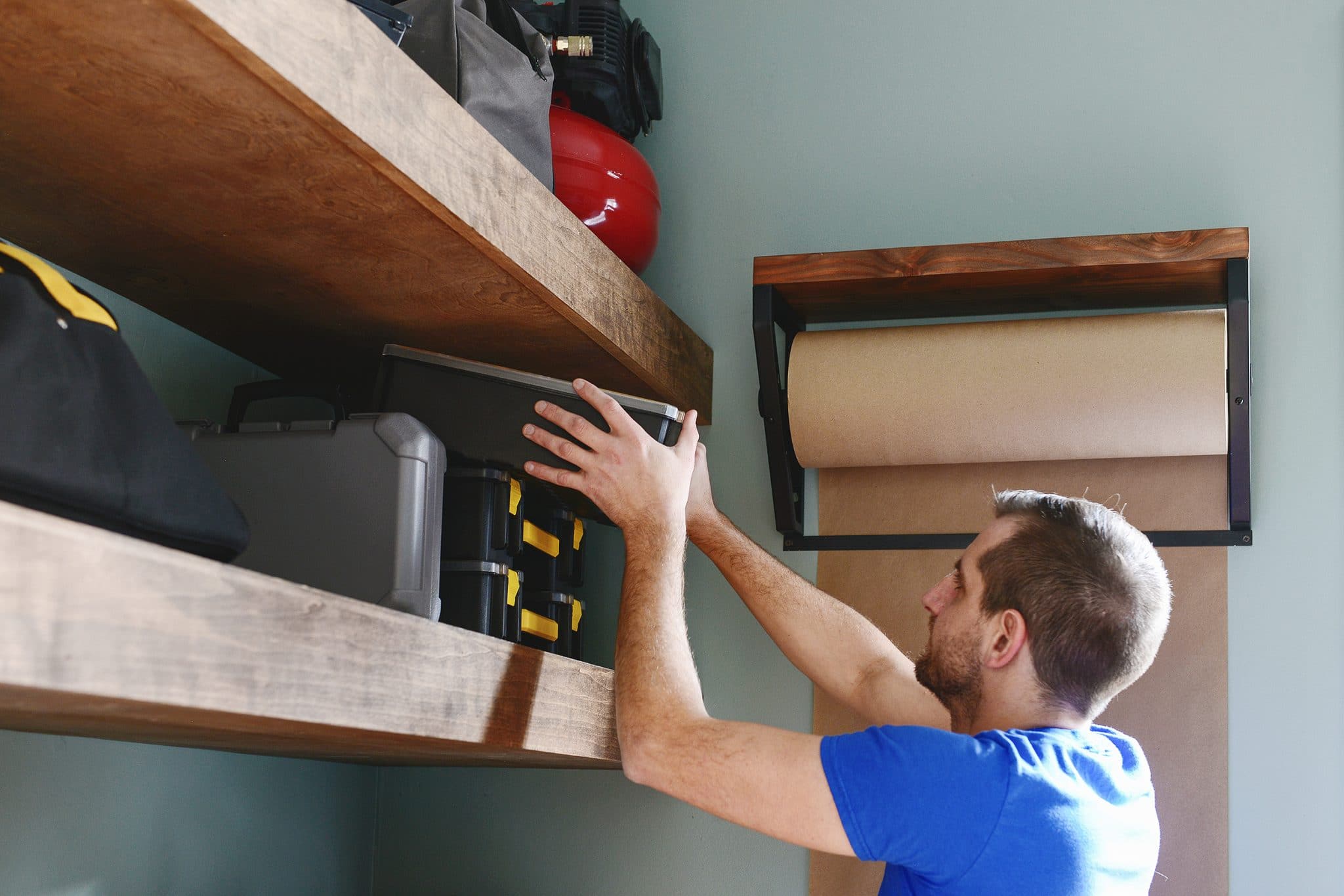


0 thoughts on “DIY Guide To Installing A Bathroom Tile Floor”